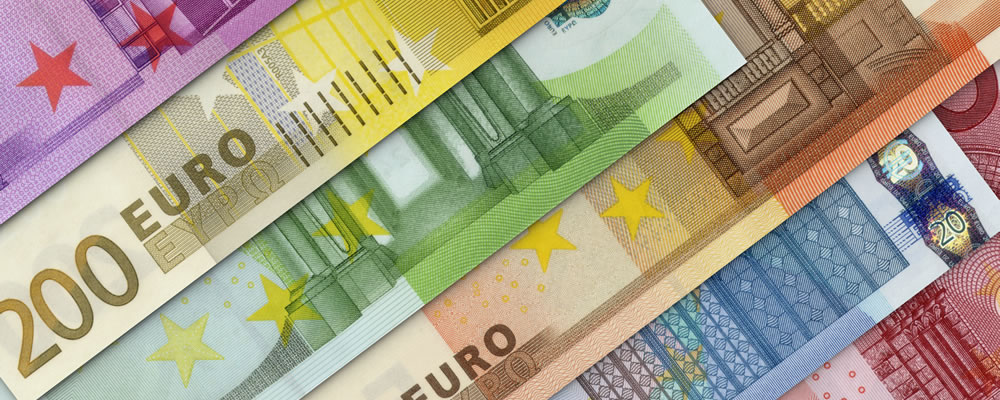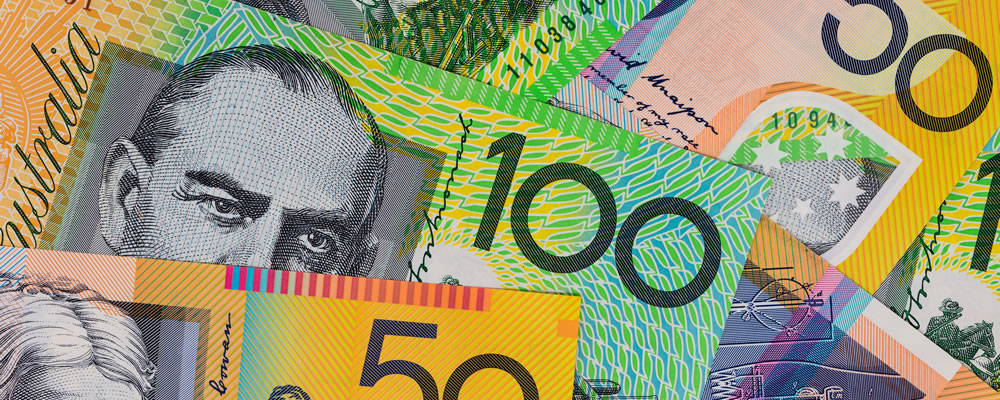The Euro has opened trading on Friday in a fairly stable position, despite the number of unemployed in Spain rising by 14.4k in August.
Other Eurozone news has been limited so far, with Sweden’s Q2 current account showing a drop ahead of Italy’s imminent Q2 GDP growth rate results.
The Australian Dollar has trended in a tight range against its usual peers, with recent comments from the Fed’s Loretta Mester supporting an imminent US interest rate hike lowering confidence in the ‘Aussie’.
As the next Australian data isn’t due until the coming week, it is expected that the afternoon’s US change in non-farm payrolls figure for August will shift the Australian Dollar notably, depending on how many new jobs were generated over the month.
(Last updated September 2nd, 2016)
The Euro has had a rough start to September, trading down against the Australian Dollar and most other peers in the wake of falling manufacturing PMI results for August.
The Australian Dollar has been in much higher demand by contrast, having been increased in appeal by recent good news out of major trading partner China.
Eurozone Update: Euro Performance Harmed by Worse-than-Expected Manufacturing Drop
The Euro has been in a state of softness on the first day of September, having dropped off due to major manufacturing PMI results for August being revised down for a number of major nations.
In particular, the French figure has dropped from 48.6 to 48.3, while the Eurozone result has declined from 52 to 51.7. Greece was the exception to the rule, managing to break free from contraction with a rise from 48.7 to 50.4.
The news was received poorly by investors, particularly ahead of next week’s major European Central Bank (ECB) policy decisions that are strongly influenced by the performance of Eurozone-wide manufacturing, among other sectors.
Australian Dollar News: AUD on the Rise after Chinese Manufacturing Returns to Growth
For the ‘Aussie’, the start of September has been positive, with gains being seen against almost all of the Australian Dollar’s regular peers.
These advances in pairings have largely been brought about by external data, given that the latest Australian domestic data has been extremely poor.
In the latter case, the AIG manufacturing index for August fell almost -10 points into contraction from 56.4 to 46.9, while retail sales recorded in July ground to a halt from 0.1% to 0%.
China proved to be the saving grace of the ‘Aussie’, with news that the NBS manufacturing PMI for August had risen from 49.9 to 50.4 doing a great deal to restore confidence in the Australian economy, particularly with regard to future orders of iron ore after the G20 summit was forecast to bring a cut-off in orders from China for a brief period.
EUR, AUD Exchange Rate Forecast
For the rest of the present week and the week to come, Euro/Australian Dollar exchange rate movement may occur as a result of a speech on Saturday from European Central Bank (ECB) official Yves Mersch, a glut of Eurozone retail sales, composite and services PMI results on Monday and Tuesday’s Eurozone Q2 GDP growth rate third estimate.
A high-impact closing event for the Eurozone will be the ECB interest rate decision and policy meeting on Thursday.
From Australia, major input will come from the coming Tuesday’s Reserve Bank of Australia (RBA) interest rate decision, Wednesday’s Q2 GDP growth rate result and Thursday’s July trade balance and August NAB business confidence figures.
In brief, the August Eurozone PMIs are generally expected to rise as, are Eurozone-wide retail sales in July. The Eurozone GDP revisions have a small decline in store, while the ECB is not expected to make any chances to the current interest rate of 0%.
The RBA is also expected to keep the current Australian interest rate of 1.5% on hold, while GDP is predicted to fall, the July trade deficit is expected to be reduced and the NAB confidence stat has an increase from 4 points to 6 on the cards.




